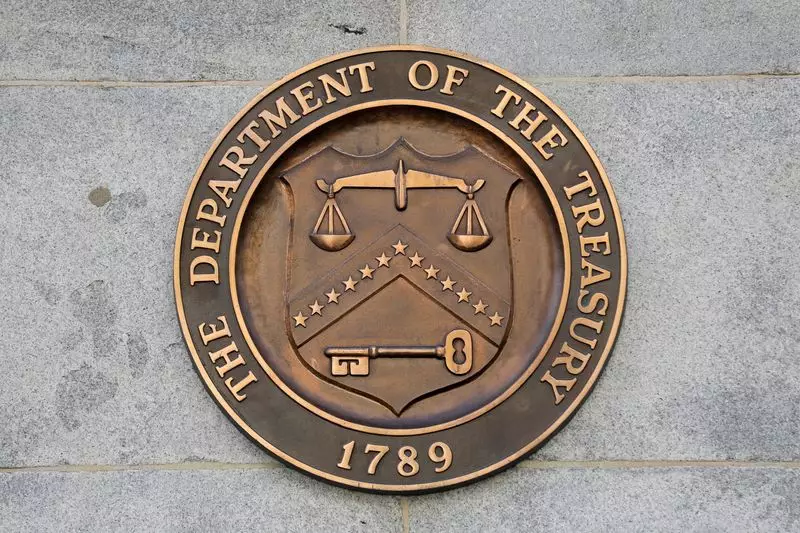The concept of a “soft landing” has become crucial in discussions surrounding the U.S. economy and its future trajectory. Analysts from BCA Research assert that recent positive economic indicators have elevated the 10-year Treasury yield into what they describe as the “Soft Landing Zone.” This scenario envisions a stable economic environment wherein inflation approaches the Federal Reserve’s target of 2%, and unemployment remains steady, circumventing both overheating and deep contraction.
In this zone, the parameters for the 10-year Treasury yield range from 3.80% to 4.83%. This delineation is vital for investors who are strategizing around the bond market as these yields stabilize could mitigate potential losses, assuming that the economy evades the clutches of recession.
The Federal Reserve’s Role
BCA Research indicates that a soft landing signifies a continuation of the Federal Reserve’s monetary easing, albeit without drastic rate cuts triggered by an economic downturn. Analysts project a gradual decline in Treasury yields over the coming year if economic conditions align with the Fed’s forecasts. Specifically, they suggest that the 2-year Treasury yield could dip to 3.33%, the 5-year yield to 3.52%, the 10-year to 3.84%, and the 30-year yield stabilizing at around 4.27%. These expectations hinge upon a moderate decrease in the federal funds rate, which they estimate might settle at 3.625% by year’s end.
This outlook provides significant reassurance to bond investors, particularly those focusing on longer-duration bonds. A soft landing could alleviate the upward pressure on yields that has historically plagued bondholders amid inflationary fears and uncertainties regarding the Fed’s monetary policy strategies.
In light of this information, BCA Research advises that investors might favor a strategy of positioning portfolios above benchmark durations, as well as engaging in steepening trades. This means benefiting from the 2-year to 10-year Treasury curve, capitalizing on the expectation of lower yields as the economic landscape stabilizes.
Despite the optimistic projections, BCA maintains a cautious approach by acknowledging the latent risks that could arise. For instance, if the Federal Reserve adopts a more hawkish stance post-initial easing—by pausing additional rate cuts—the upper bounds of the yield curve could remain high. In such a scenario, the anticipated yield for the 10-year may escalate to 4.63%, while the 30-year could climb to 4.96%, inching precariously close to what analysts classify as the “Inflation Scare Zone.”
Importantly, while BCA Research assigns minimal likelihood to a resurgence of inflation, they emphasize the necessity of preparing for unexpected fluctuations. Any indications of persistent inflation could trigger an upward trend in yields similar to what was evidenced in past market behaviors. Conversely, a significant weakening in the labor market might prompt a descent of Treasury yields into the “Recession Scare Zone,” necessitating more aggressive rate cuts by the Fed.
In essence, navigating the Treasury market amid projections of a soft landing will require discernment and flexibility from investors. They must be ready to pivot their strategies based on real-time economic developments, reflecting an understanding of both opportunities and risks inherent in the evolving fiscal landscape.


Leave a Reply